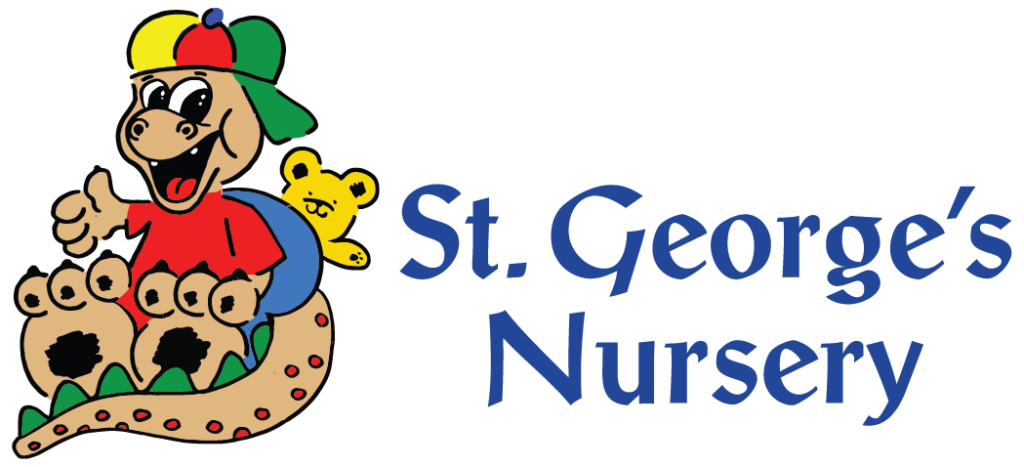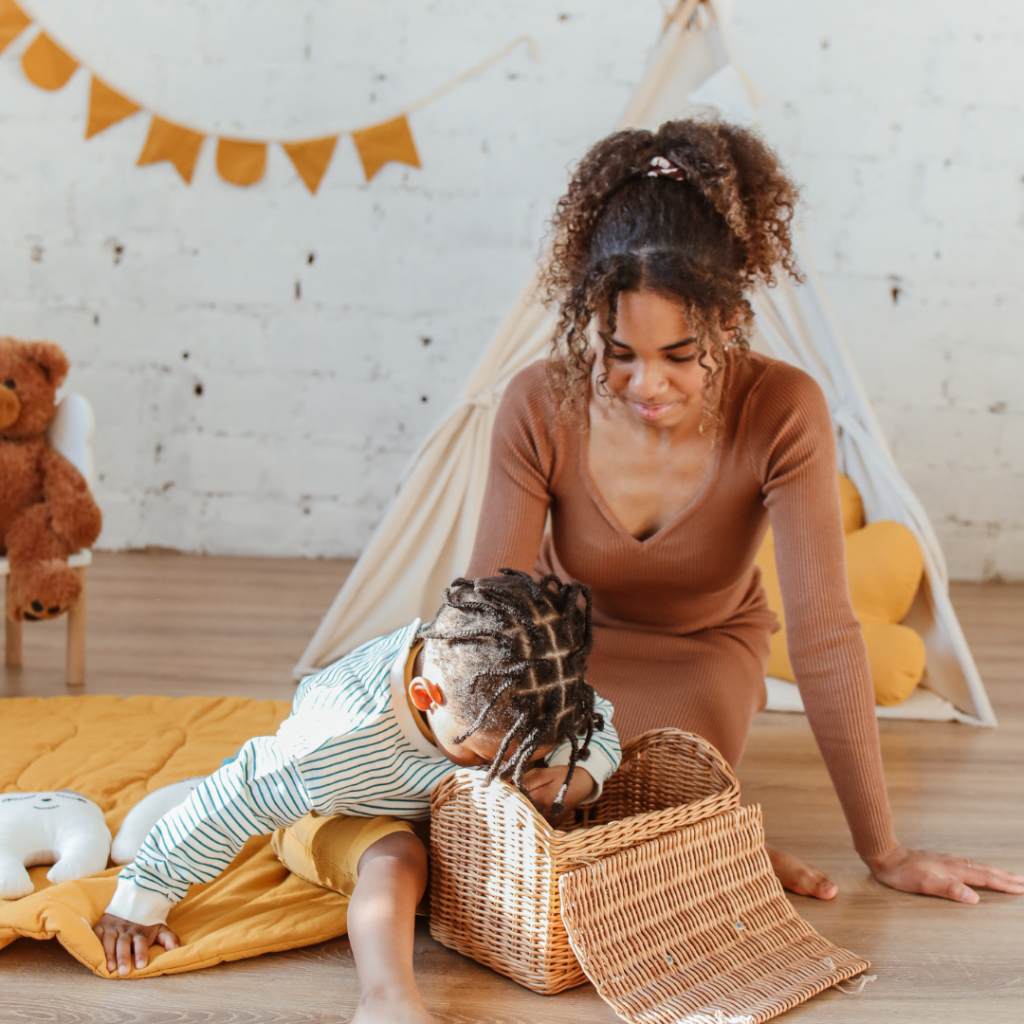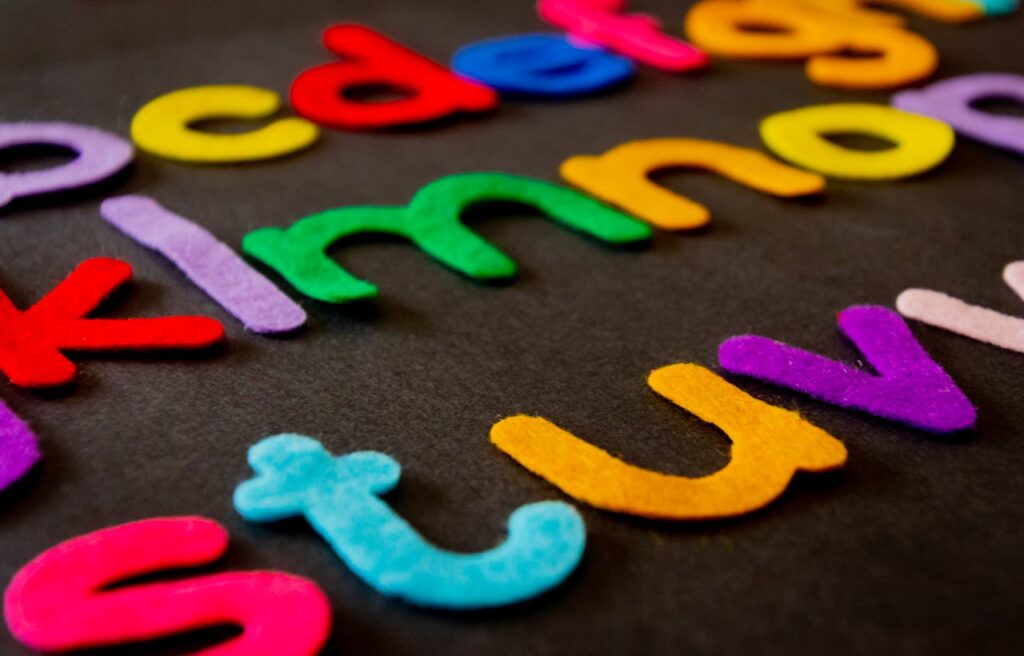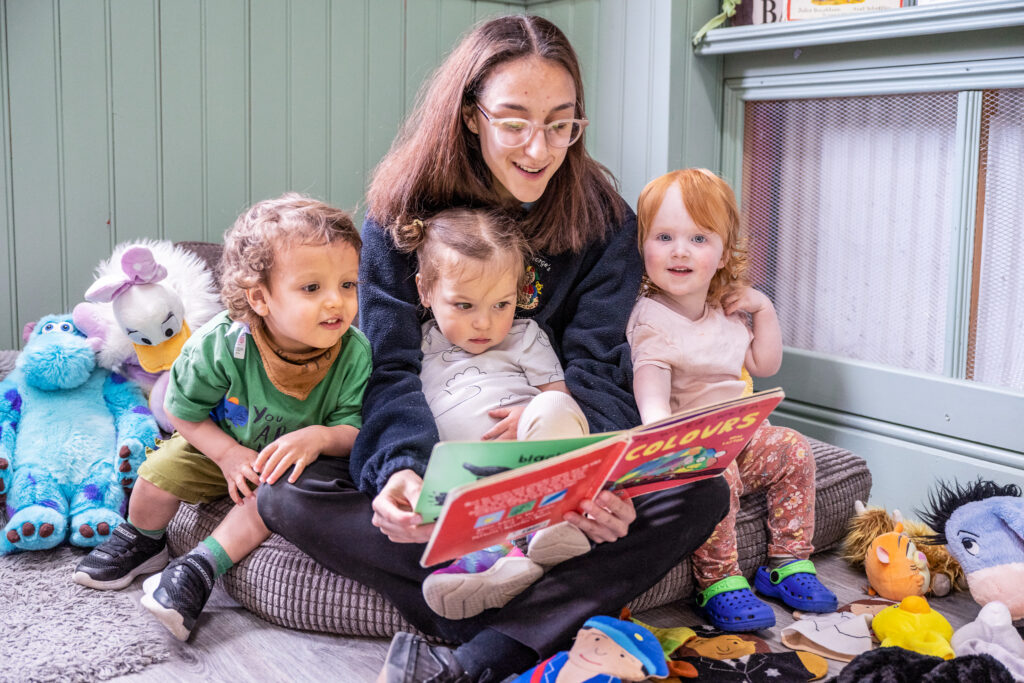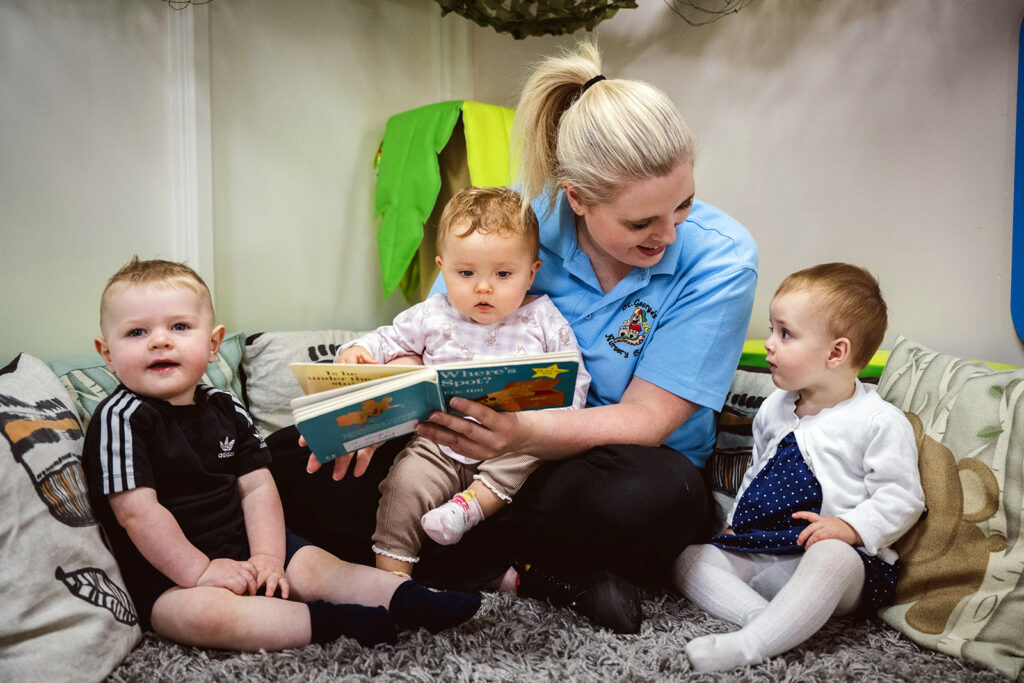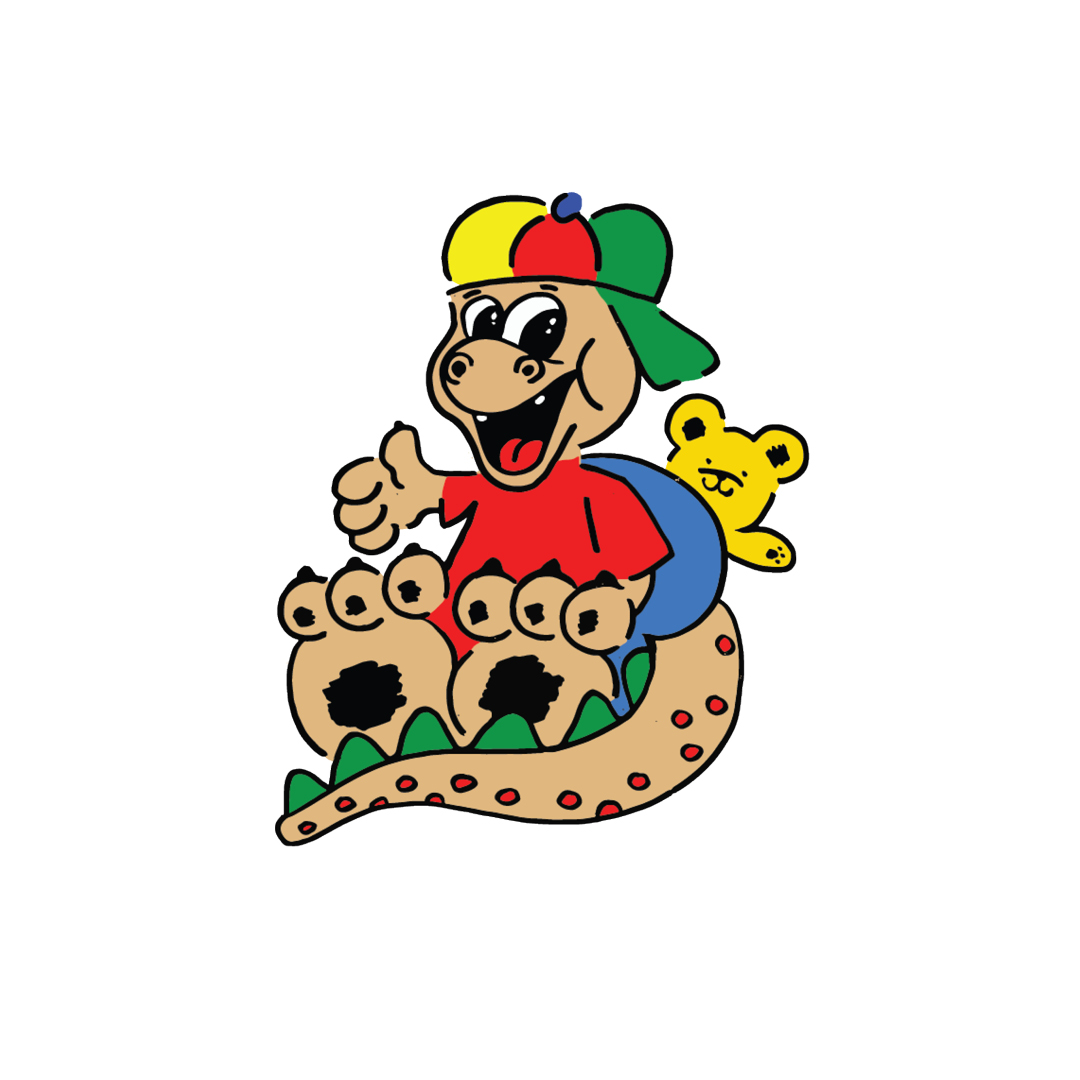What is treasure basket and heuristic play?
Heurisitc play involves babies and young children playing and interacting with everyday objects, from the ‘real world’, rather than ‘traditional’ toys. It is proven that this type of play helps to provide a wide range of sensory stimulation. Babies learn about the world around them through sensory motor development, as it helps them to understand and learn about different physical characteristics. Heuristic play therefore creates rich learning experiences for children, and helps children become more independent and learn for themselves.
One way to get started with heuristic play, is to create heuristic or treasure baskets. By including a wide range of objects in these baskets, babies are given the opportunity to dig around and explore the different textures and objects.

How to create your own treasure basket?
All you need is a basket or a box where you can place these items into and you simply just add as many natural and household appliances as possible, of different textures, sizes and materials. Here are some ideas you could include into your own treasure basket:
- Wooden items
- Metal cooking utensils
- Natural objects
- Sensory materials
- Leather items
- Measuring cups
- Large feathers
- Rubber tubes
- Brushes
- Seashells
- Wool pom-poms
- Keys
- Fleece
- Nail brush
- Sponges
- Whisks
- Balls of different sizes
What are the benefits of treasure and heuristic play?
Researchers have found many benefits from using treasure baskets, and it is one of the central resources to use with children. Babies learn about the world around them by using all of their senses – hence they love to put anything and everything in their mouths. The idea for treasure baskets was developed by educational psychologist Elinor Goldschmied more than 30 years ago.
Benefits include:
- Sensory learning, sensory motor development and cognitive growth and development
- Curiosity and increased mental stimulation compared to playing with traditional toys, as there is a more variety of textures to explore
- Enhances creative thinking and imagination – Children have to use their own imagination to make ‘household toys’ entertaining for themselves, whereas with ‘traditional toys,’ they often just push a button and something lights up or a noise is made
- Encourages problem solving & critical thinking – Children have to think for themselves and explore what different actions can lead to various different outcomes
- Increases confidence and coordination – Children get to make their own decision regarding what items they want to play with and how they want to play with them
- Prepares children for the real world and interactions with real world objects, as well as how to deal with new scenarios and situations
There really is a lot of opportunities when it comes to heuristic play. It’s interesting when we look at what we may think of as mundane everyday objects, can actually keep children entertained and learning for hours, when they use their independence and creativity.
